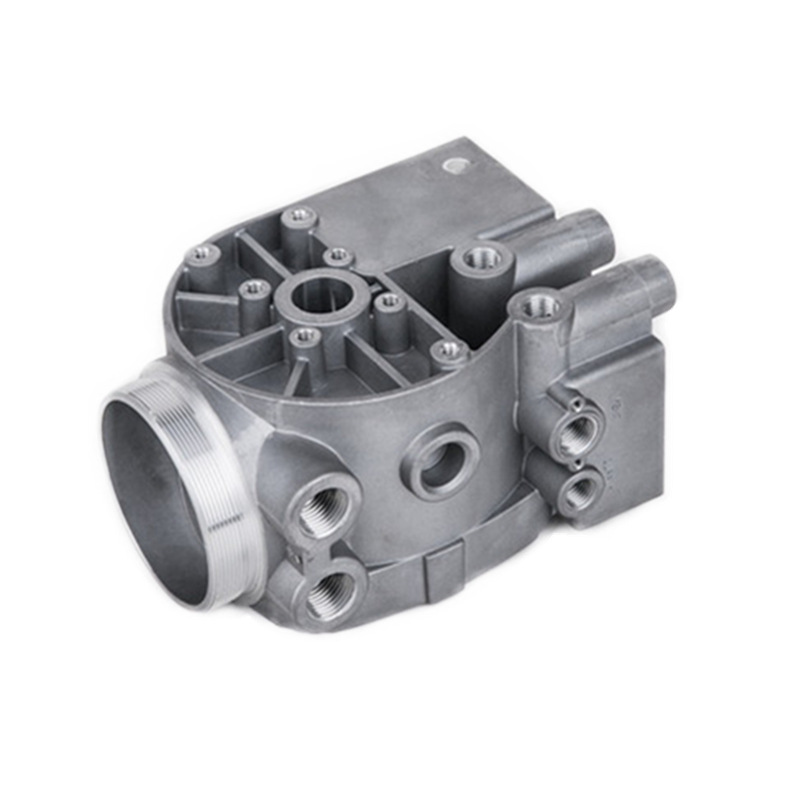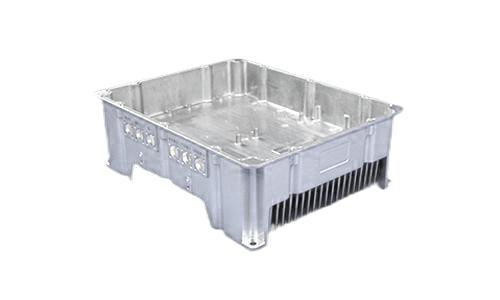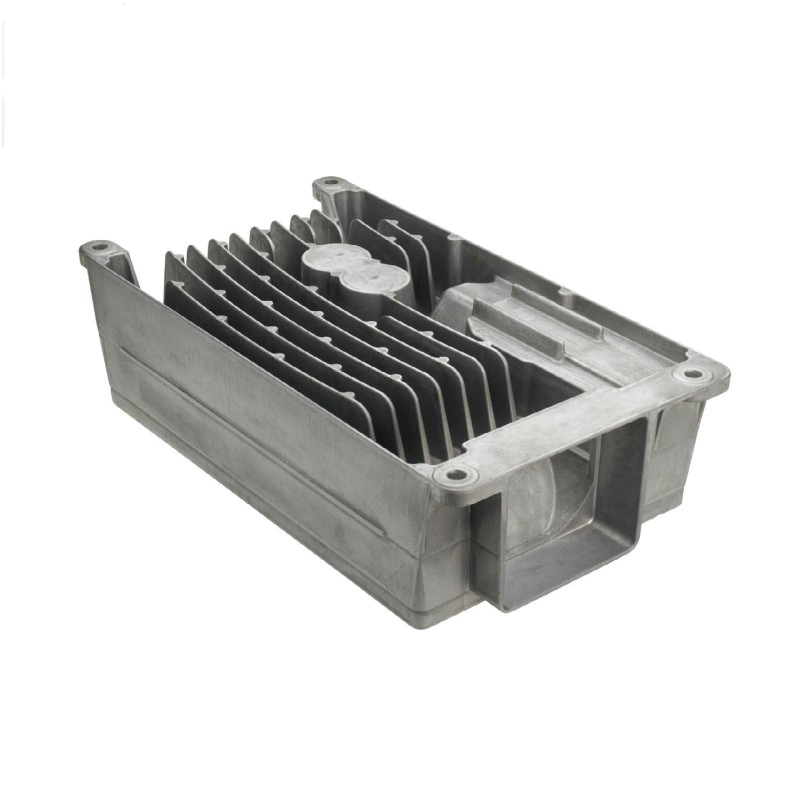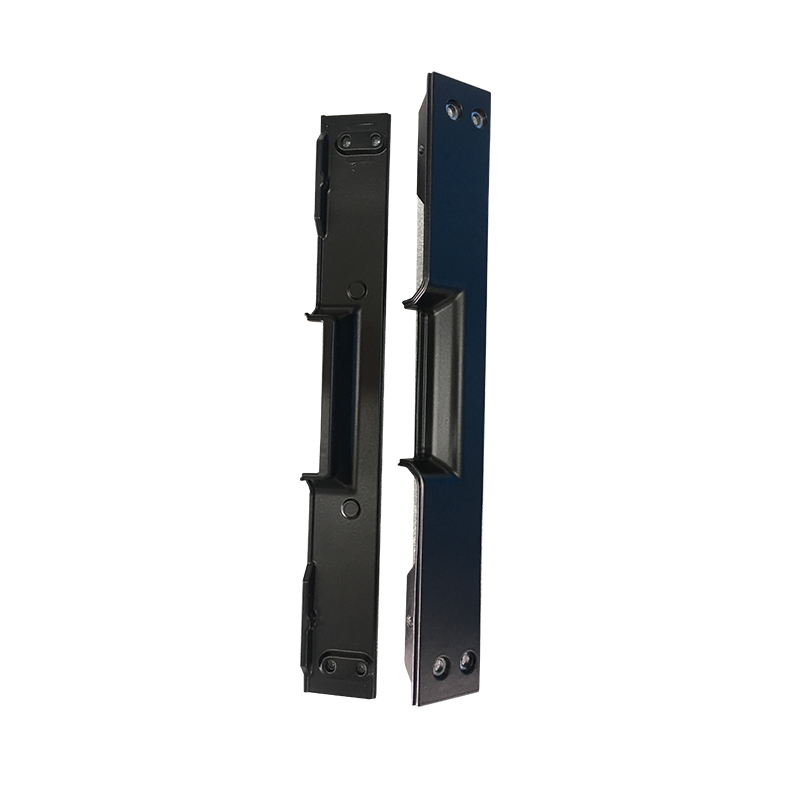Die Casting Zinc and Aluminum: Differentiating Characteristics and Advantages
Introduction
Die cast aluminum and die cast zinc are two distinct metal materials, each with its own set of applications and attributes. These metals find use in various industries, contributing to the production of components for automotive, aerospace, electronics, and household appliances.
This article delves into the properties, benefits, and applications of both die cast aluminum and die cast zinc. By examining the unique features of these materials, we can better discern their divergent qualities and advantages. Throughout the ensuing sections, we will explore the distinctions and merits of die cast zinc and aluminum.
Die-Cast Zinc
Die cast zinc is a favored choice for fabricating intricate and finely detailed small to medium-sized parts. This versatile material boasts numerous merits, including remarkable strength, superb ductility, and a low melting point—making it especially well-suited for die casting. Additionally, zinc exhibits exceptional dimensional stability, ensuring the consistent and precise production of parts.
● Properties and Traits of Zinc:
It boasts a low melting point, demanding less energy for melting and rendering it cost-effective to manufacture. Zinc showcases exceptional casting and molding characteristics, accommodating intricate designs and tight tolerances. With a commendable strength-to-weight ratio, zinc is an apt selection for parts necessitating robustness and endurance. Zinc excels in corrosion resistance, rendering it suitable for both outdoor and marine applications.
● Advantages of Zinc Die Casting:
Zinc die casting boasts a high production rate, proving efficient and cost-effective for high-volume production runs. The process can craft parts replete with intricate shapes and features, thus affording greater design flexibility. Zinc die casting yields parts with impeccable surface finish and dimensional precision, minimizing the need for additional finishing steps. The low melting point of zinc curbs energy consumption, elevating its cost-effectiveness compared to other materials.
● Applications of Zinc Die Casting:
The automotive industry often relies on zinc die casting for diverse components, including door handles, brackets, and fuel injection parts. Zinc finds application in electronic components, encompassing connectors, switches, and housings. Its exceptional surface finish renders it a popular choice for decorative applications, like door handles and light fixtures. Zinc's resilience and corrosion resistance render it viable for outdoor and marine use.
Die Cast Aluminum
Aluminum, a lightweight metal, offers an array of merits, including a remarkable strength-to-weight ratio, corrosion resistance, and outstanding thermal conductivity. As a result, it finds utility across a broad spectrum of applications.
What are the Different Types of Aluminum Casting Processes?
Basically, there are three major types of metal casting processes that are appropriate for aluminum. Let’s find out what are these processes as well as their characteristics.
Sand Casting
One of the most common types of casting process used in manufacturing is sand casting. It is more appropriate in this industry since sand has the capability to withstand elevated temperatures.
This process is done by creating mold using sand. Then, the next thing to do is to heat up the aluminum material. When done, it will be placed into the sand mold. Once it has cooled down and solidified the cast aluminum part will be removed from the mold.
Unfortunately, aluminum sand casting has a rough surface and low dimensional accuracy. That is why, most of the time, post-processing procedures will be required such as trimming. This aluminum casting process is usually applicable to making gas and oil tanks, fittings, aluminum gears, and many more.
Die Casting
When it comes to casting aluminum components, die casting is the most well-known aluminum casting process. Die casting has two processes – high-pressure die casting and low-pressure die casting.
Among these two, high-pressure die casting is the most appropriate for the material. Die casting is done by preheating the aluminum first, then inserting it into the die mold under high pressure.
The design of the die mold will greatly depend on the intended output. After it cools down, the cast aluminum part will be removed from the die mold. And the same process will be done once the die mold has cooled down.
One of the greatest advantages of the die-casting process is that the generated die-cast aluminum has effective thermal and electrical conductivity. Moreover, they can resist wear, corrosion, and heat, in addition to being stronger. Die-cast aluminum parts are usually used for the mass production of components in the aerospace, culinary, and medical industries.
Permanent Mold Casting
Die casting and permanent mold casting are the same. However, these processes differ in the method of inserting the aluminum into the mold. Contrary to die casting, rather than using low or high pressure in filling the mold, gravity is used for permanent mold casting. This can help in minimizing turbulence while the injection process is going on.
The aluminum casts produced using this process are much stronger with close dimensional accuracy and excellent surface finish. The permanent mold casting process is more applicable to creating aluminum components in the aircraft and automotive industries.
● Properties and Traits of Aluminum:
Its low density makes it lightweight and suitable for weight-sensitive applications. Aluminum's exceptional thermal conductivity renders it ideal for heat transfer applications. With commendable corrosion resistance, aluminum remains suitable for outdoor and marine use. It boasts a high strength-to-weight ratio, aligning it with parts necessitating strength and resilience.
● Advantages of Aluminum Die Casting:
Aluminum's low density is advantageous for parts requiring weight reduction, particularly in the aerospace industry. Its remarkable thermal conductivity renders it apt for heat transfer applications. Resilient to corrosion, aluminum is a fitting choice for outdoor and marine applications. The high strength-to-weight ratio positions aluminum as a prime candidate for sturdy and enduring parts.
● Applications of Aluminum Die Casting:
The automotive industry extensively employs aluminum die casting for diverse parts, encompassing engine blocks, transmission cases, and suspension components. In the aerospace sector, aluminum die casting contributes to components such as engine parts, aircraft interiors, and landing gear elements. Aluminum is embraced in the electronics industry, crafting items such as heat sinks, enclosures, and housings.
Zinc vs. Aluminum Die Casting
The table below presents a comparative analysis of key factors between aluminum and zinc die casting:
| Factors | Aluminum | Zinc |
|---|---|---|
| Properties | Lower density and melting point; | Lower cost; Casting and molding prowess; |
| excellent thermal conductivity. | high strength and ductility. | |
| Cost | Generally higher cost. | Generally lower cost. |
| Surface Finish | Excellent surface finish. | Excellent surface finish. |
| Corrosion | Good corrosion resistance. | Exceptional corrosion resistance. |
| Applications | Automotive, aerospace, electronics; | Automotive, electronics, industrial; |
| heat transfer applications. | parts requiring high strength. |
Choosing the Right Material for Your Project
Selecting the optimal material hinges on several factors:
-
Application Requirements: Factor in strength, weight, corrosion resistance, and heat dissipation. Zinc offers high strength and impact resistance, while aluminum excels in lightweight design and thermal conductivity.
-
Cost: Assess material, tooling, and manufacturing expenses. Zinc typically offers cost advantages, making it budget-friendly.
-
Quantity: Zinc suits high-volume production, while aluminum is better suited for smaller runs.
-
Design Complexity: Zinc's fluidity suits intricate shapes; aluminum may require additional processing for a refined finish.
Conclusion
In conclusion, comprehending the divergent attributes and merits of die cast zinc and aluminum empowers informed decision-making for various projects. These materials each proffer distinct properties and benefits, aligning with disparate applications. While zinc excels in strength and intricate designs, aluminum shines in lightweight composition and exceptional thermal conductivity. By taking into account application requirements, cost considerations, quantity, and design complexity, one can seamlessly select the most suitable material for a successful die casting endeavor.
NINGBO FUERD MECHANICAL CO., LTD
Website: https://www.fuerd.com



